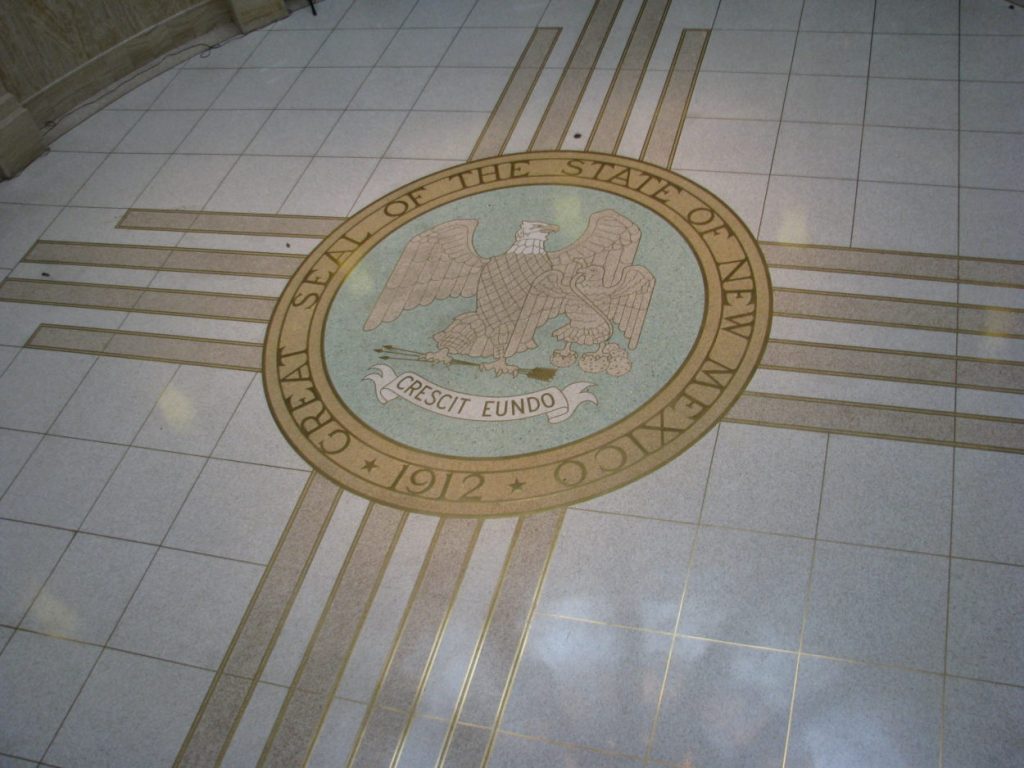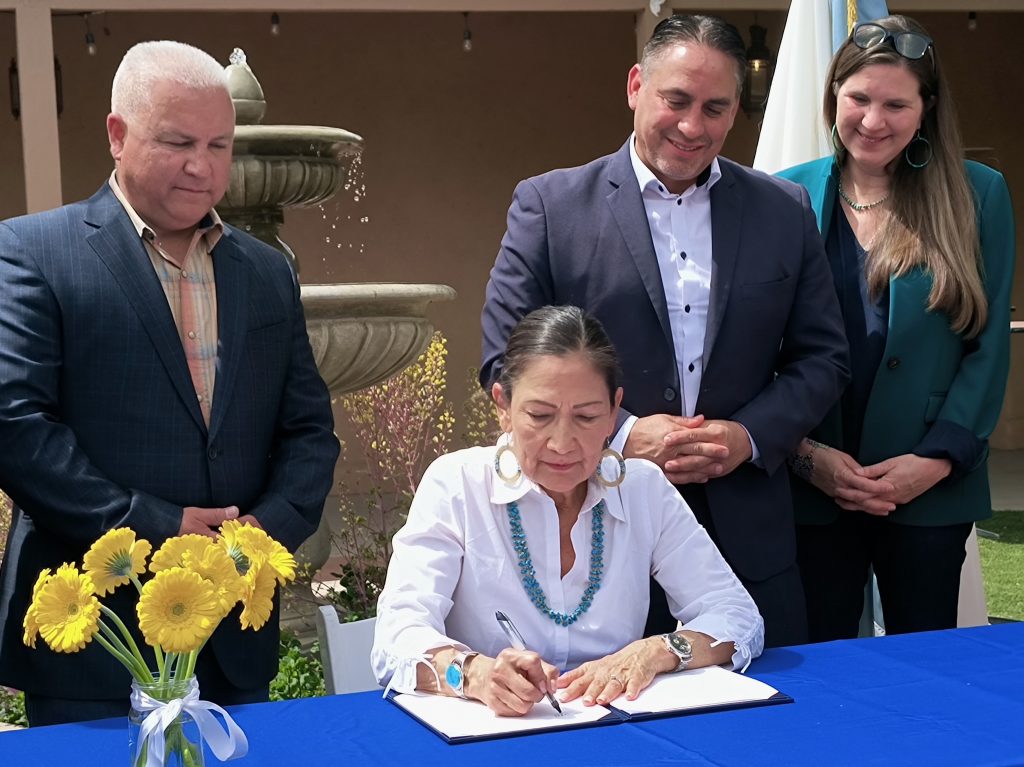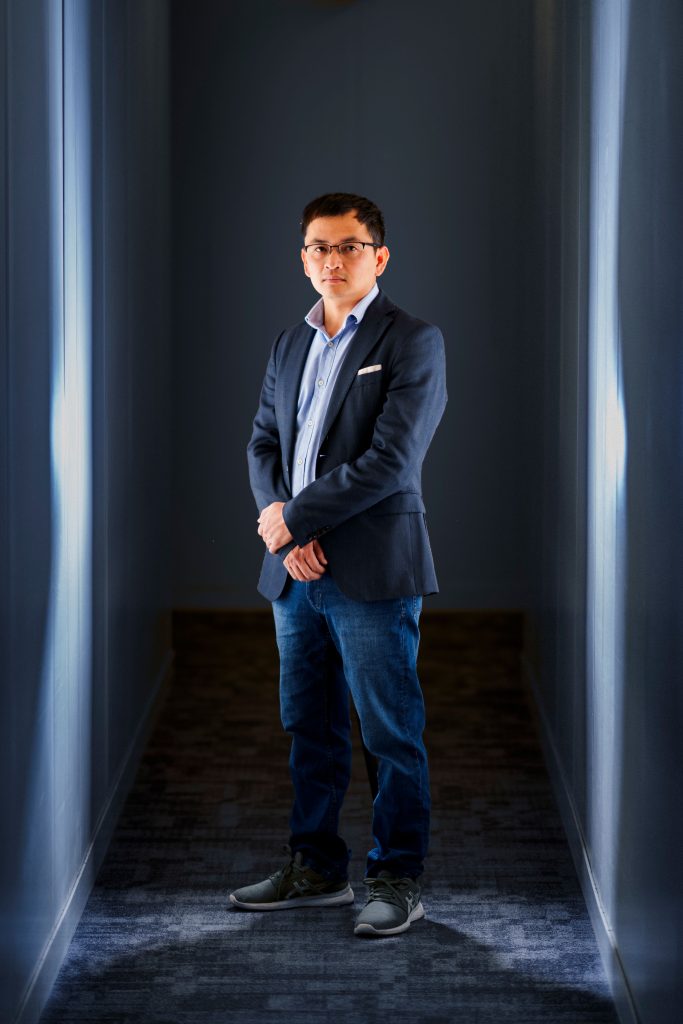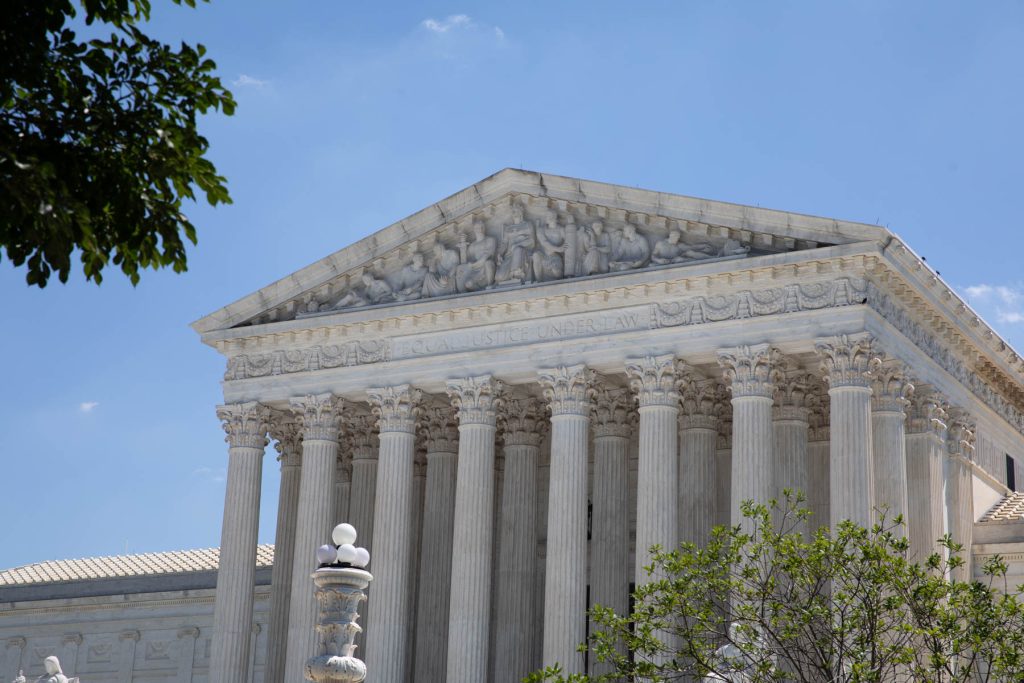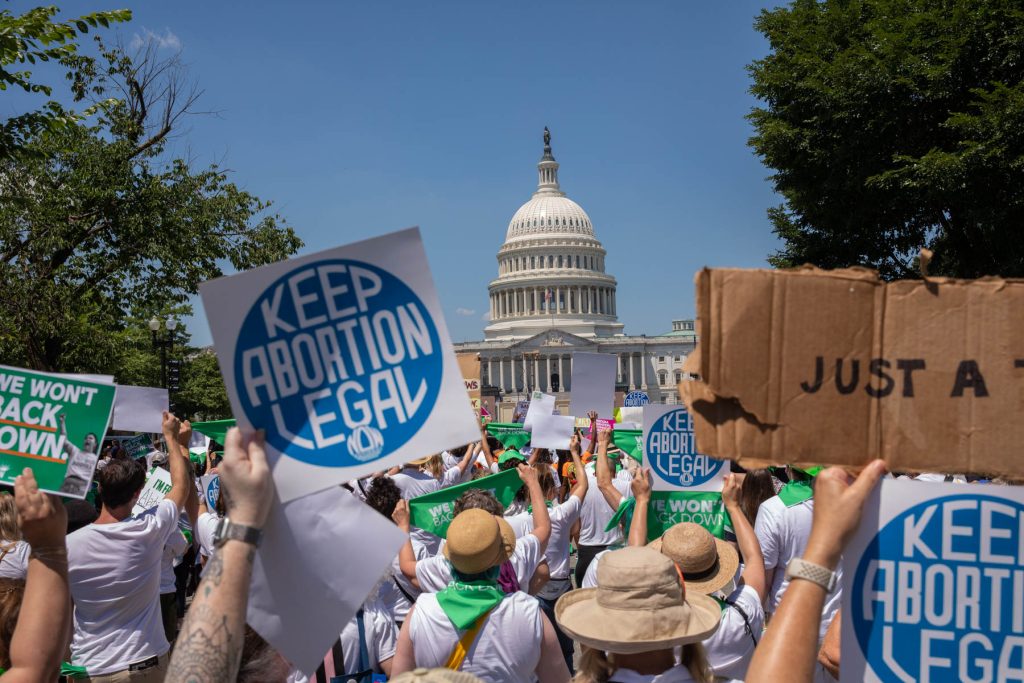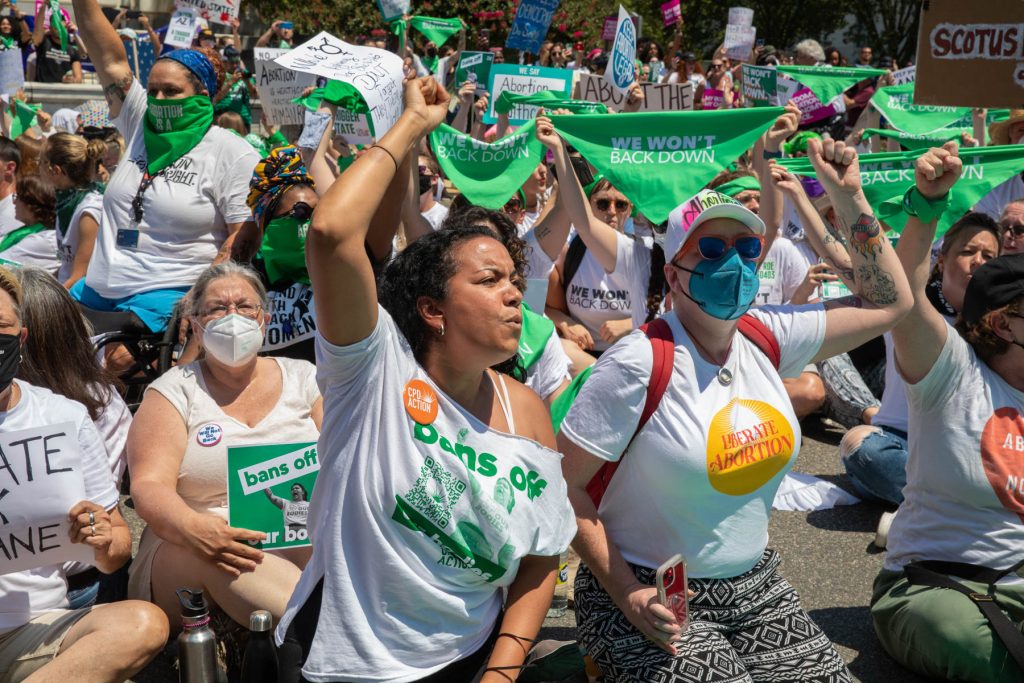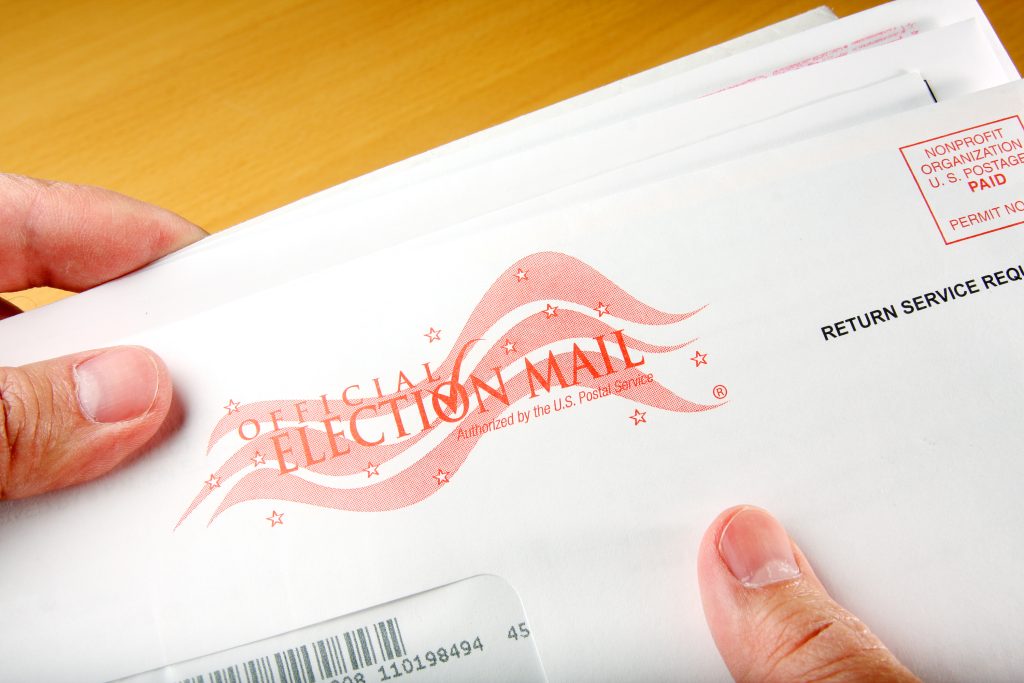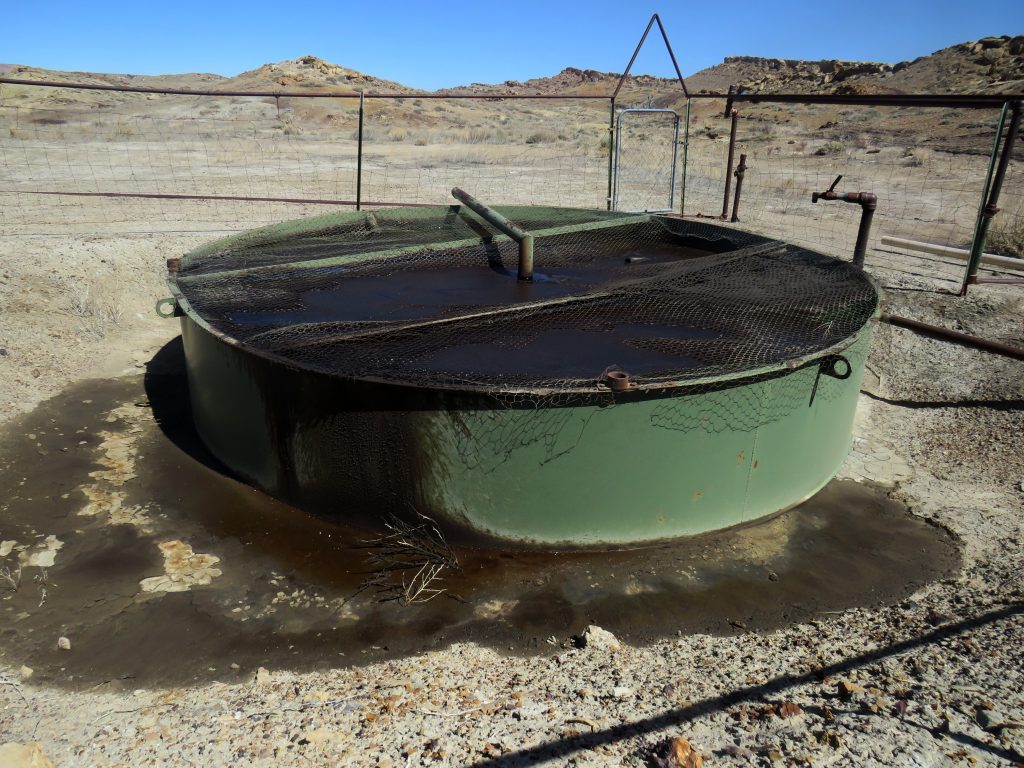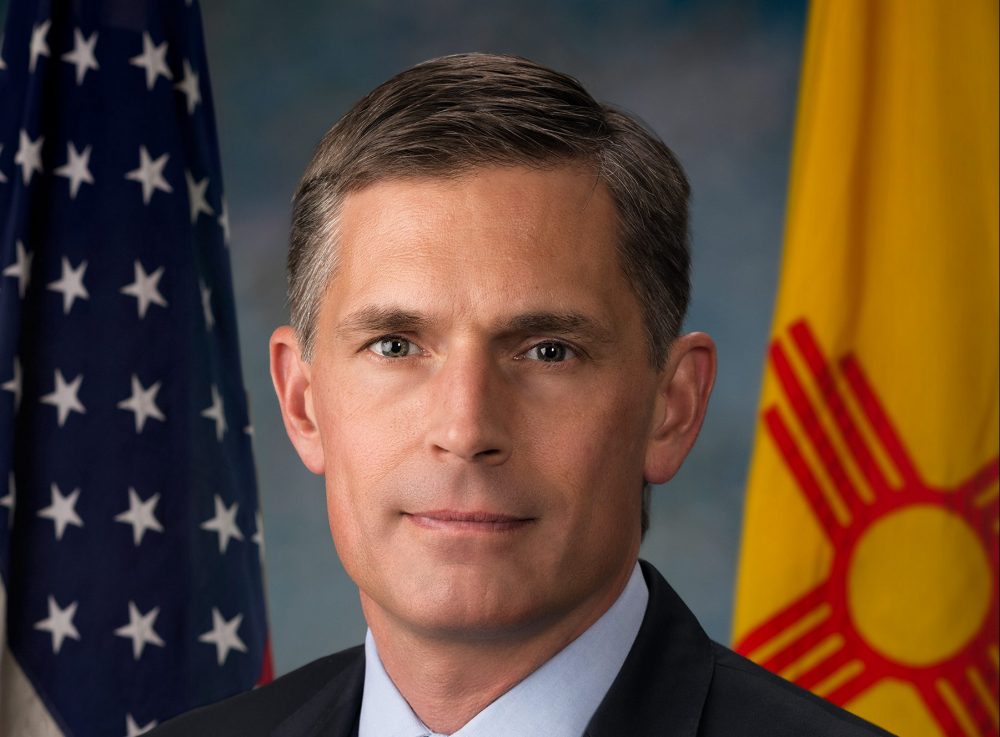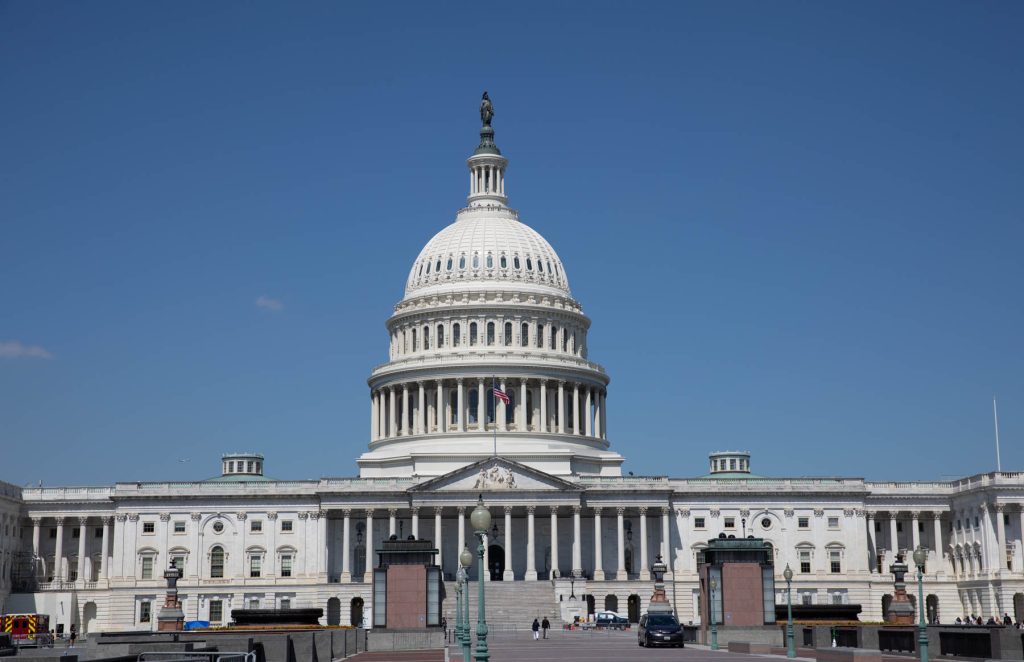New Mexico, already the most Hispanic-heavy state in the nation, is poised to become even more Hispanic soon.
The Metropolitan Policy Program at Brookings crunched 2015 U.S. Census Bureau numbers and found that New Mexico’s millennial population of Hispanics far outstripped the non-Hispanic white of the same age group.
In fact, New Mexico’s Hispanic millennial population is the highest in the nation—52.9 percent. The next highest is California (43.9 percent) followed by Texas (42.4 percent), Arizona (37.2 percent) and Nevada (33.7 percent). New Mexico, California and Texas are the only three states where the amount of Hispanic millennials outstrips the amount of non-Hispanic white millennials.
Ten states and the District of Columbia, however, have more millennial minorities than non-Hispanic white millennials.
In addition to the high rate of Hispanic millennials, New Mexico also ranks second in the highest percentage of American Indian/Alaska Native millennials, at 10.2 percent. Only Alaska, 14.1 percent, has a higher percentage. South Dakota (9.9 percent,) Oklahoma (9.1 percent), Montana (7 percent) and North Dakota (5.2 percent) are the only other states with American Indian/Alaska Native populations of over five percent.
In overall numbers, New Mexico’s Hispanic population was 48 percent as of 2015, and the white, non-Hispanic population was 38.4 percent. The American Indian/Native American population is 10.5 percent.
The pre-millennial generation, that is those now under the age of 18, is even more Hispanic-heavy in New Mexico.
The non-Hispanic white population of those over the age of 55 in New Mexico is 56 percent, while the non-Hispanic white population of those under 35 (millennials and pre-millennials) is just 28 percent, the third-largest such gap in the nation, behind just Arizona and Nevada and just ahead of Florida and California.
In the United States as a whole, 75 percent of those older than 55 are non-Hispanic white, when compared to just 54 percent of those under the age of 35.
These changes could have a large impact on politics, William H. Frey, a senior fellow with the Metropolitan Policy Program, wrote.
“The emerging political division associated with the racial generation gap represents just one area where members of the diverse millennial generation are on the front lines of change,” Frey wrote. “While racial inequality exists within this generation (white millennials are better educated and less susceptible to the forces of poverty than Hispanics and blacks), its members have embraced positive attitudes toward diversity more openly than their elders, and are responsible for much of the recent rise in interracial marriages.”


